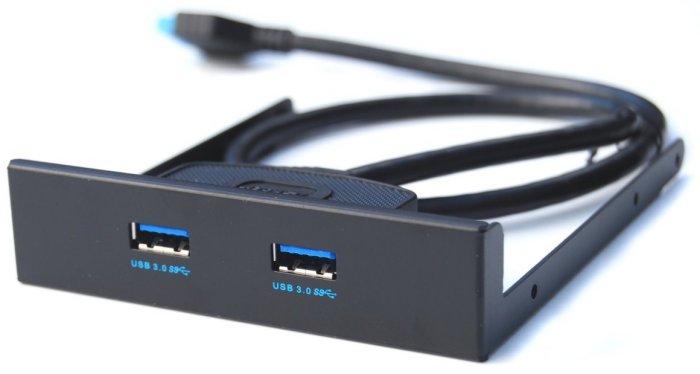Features & Specifications
The P55 Extreme4 sports four DIMM slots, a 8 + 2 power phase, two PCIe x16 ports, ten SATA ports, 8-channel audio, Gigabit LAN and a bunch of other features. About the only thing missing from this board is Firewire, though we suspect it's not something the average user will miss very much – and you can always get an add-in card.


Some of its features are standard across all P55-based boards such as multi-GPU support using either CrossfireX or SLI technology. Also provided by the chipset are six SATA 3Gb/s ports, which is the bare minimum you will see on any P55 motherboard since it's a stock characteristic.

Accompanying the default six SATA 3Gb/s ports on the P55 Extreme4 are four SATA 6Gb/s connectors which are provided by a pair of Marvell controllers. The Marvell SE9128 provides two SATA 6Gb/s ports with support for hardware RAID (RAID 0 and RAID 1), NCQ, AHCI and "Hot Plug" functions. Meanwhile, the Marvell SE9123 controller provides the remaining two SATA 6Gb/s ports and can handle NCQ, AHCI and "Hot Plug" functions. This controller also provides an eSATA3 port, though be aware that this is a shared port with one of the onboard SATA 6Gb/s ports.

Gigabit LAN is delivered via the Realtek RTL8111E controller, which utilizes the PCI Express bus for maximum throughput. The P55 Extreme4 only offers a single Gigabit LAN port though we suspect most users will find this sufficient.
Asrock used the Realtek ALC892 chip on this board which features THX TruStudio Pro with premium Blu-ray audio support. The P55 Deluxe3 used a VIA VT2020 chip to handle audio, and we have to say that swapping this out for the ALC892 was a good move by Asrock as we much prefer the Realtek codec.


Although Asrock may have neglected to provide Firewire support on the P55 Extreme4 they redeemed themselves by adding extensive USB 3.0 support. It's becoming increasingly common to support this feature nowadays so that in itself is nothing unusual. However, Asrock has included a pair of NEC MPD720200 controllers for a total of four USB 3.0 ports.

Rather than sticking all four ports on the motherboard's I/O panel Asrock has included a 3.5-inch front panel which houses a pair of USB 3.0 ports for quick and easy access. This is a great idea as having the USB 3.0 ports mounted at the rear of the case makes them far less accessible and forces the user to purchase USB 3.0 extension cables.
